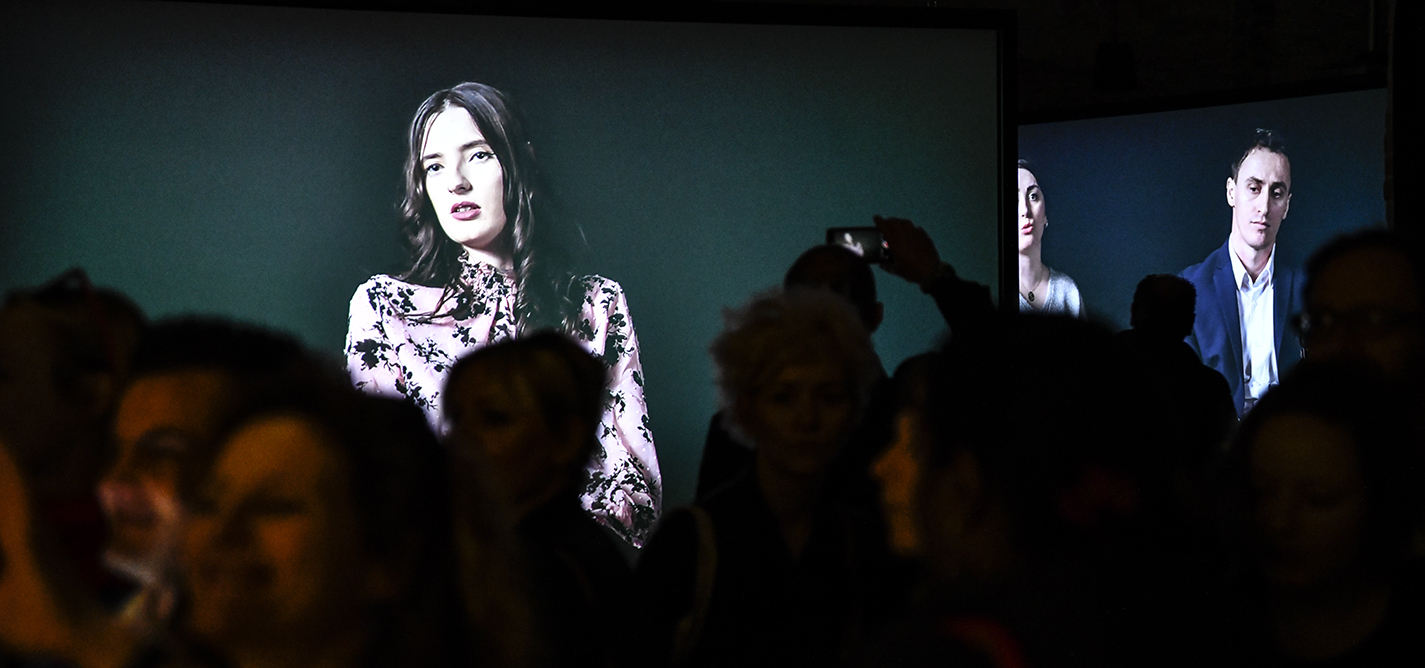
Kosovo’s special photo album at La Biennale
Alban Muja explores the memories of war in Venice.
|2019.05.10
|
“Somehow, now 20 years have passed and the collective memory has been reactivated. We need to speak about the past.”
Arta Agani, Pavilion of Kosovo commissionerPicking up the check

Cristina Marí
Cristina Marí is a board member of K2.0. Cristina has a bachelor’s degree in journalism from the University Complutense of Madrid in Spain and the University of Bucharest, Romania.
This story was originally written in English.